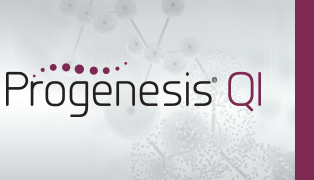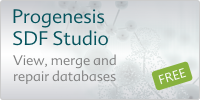What file formats, data types and instrument types are supported?
File formats
Progenesis QI directly supports many of the most common data formats produced by mass-spec machines. It also offers an extension mechanism by which new formats can be supported (see the custom development section below).
The following list gives the various file formats currently supported, both those that are pre-packaged with the software and others that can be downloaded to extend your existing software:
| Data format | Download the plugin |
|---|---|
| Agilent (.d) Please read the plugin's FAQ page for instructions on using the plugin. |
 |
| Bruker Daltonics (.d) Please read the plugin's FAQ page for full installation instructions. |
 |
| mzML Files | Provided as standard |
| mzXML Files | Provided as standard |
| NetCDF Files |  |
| SCIEX (.wiff) | Provided as standard |
| Thermo (.raw) | Provided as standard |
| UNIFI Export Packages (.uep) |  |
| Waters (.raw) | Provided as standard |
Currently, other formats should be converted to mzML or mzXml.
Custom development
We're happy to work with you to support other file formats you may prefer to use. If you're interested in this option, please email support_nld@waters.com and one of our development team will contact you to discuss your needs and how we might help.
Data types
Data may be in either profile or centroided forms, although you will usually get better results using profile data. Additionally, if you use centroided data you will be asked to enter the full width at half maximum (FWHM) resolution of the machine on which the data was collected.
Instrument types
Progenesis QI works with a wide variety of machine types.
- For most instrument types, the default ion detection method in Progenesis QI should be used.
- For low resolution ion trap instruments, the specialised low resolution detection method option should be used.
- For Direct Sample Analysis experiments, the direct sample analysis method should be used.
- We have also included an option for optimum detection of runs from Thermo FT-ICR instruments, which typically has much lower levels of noise than data from other instrument types.






